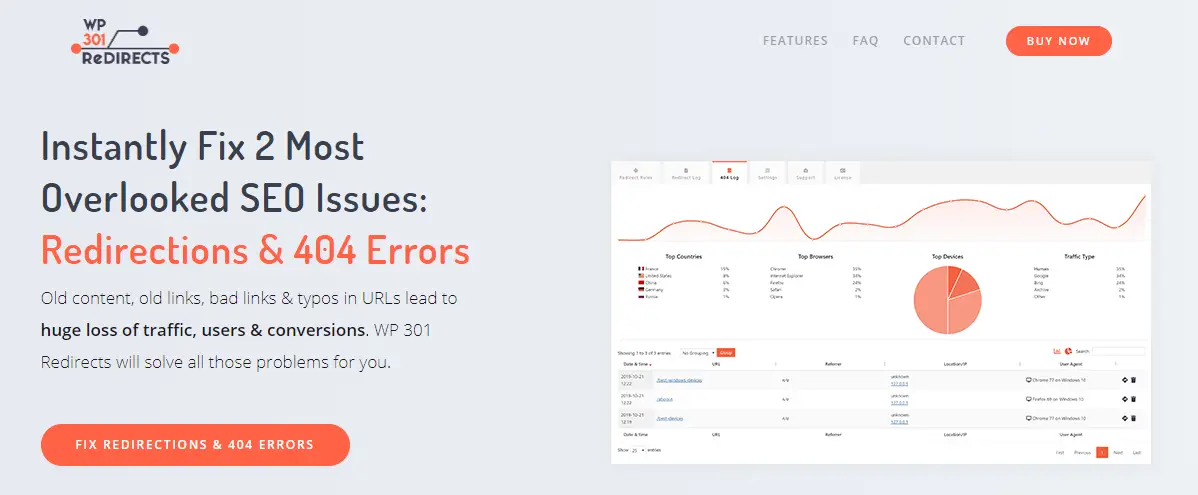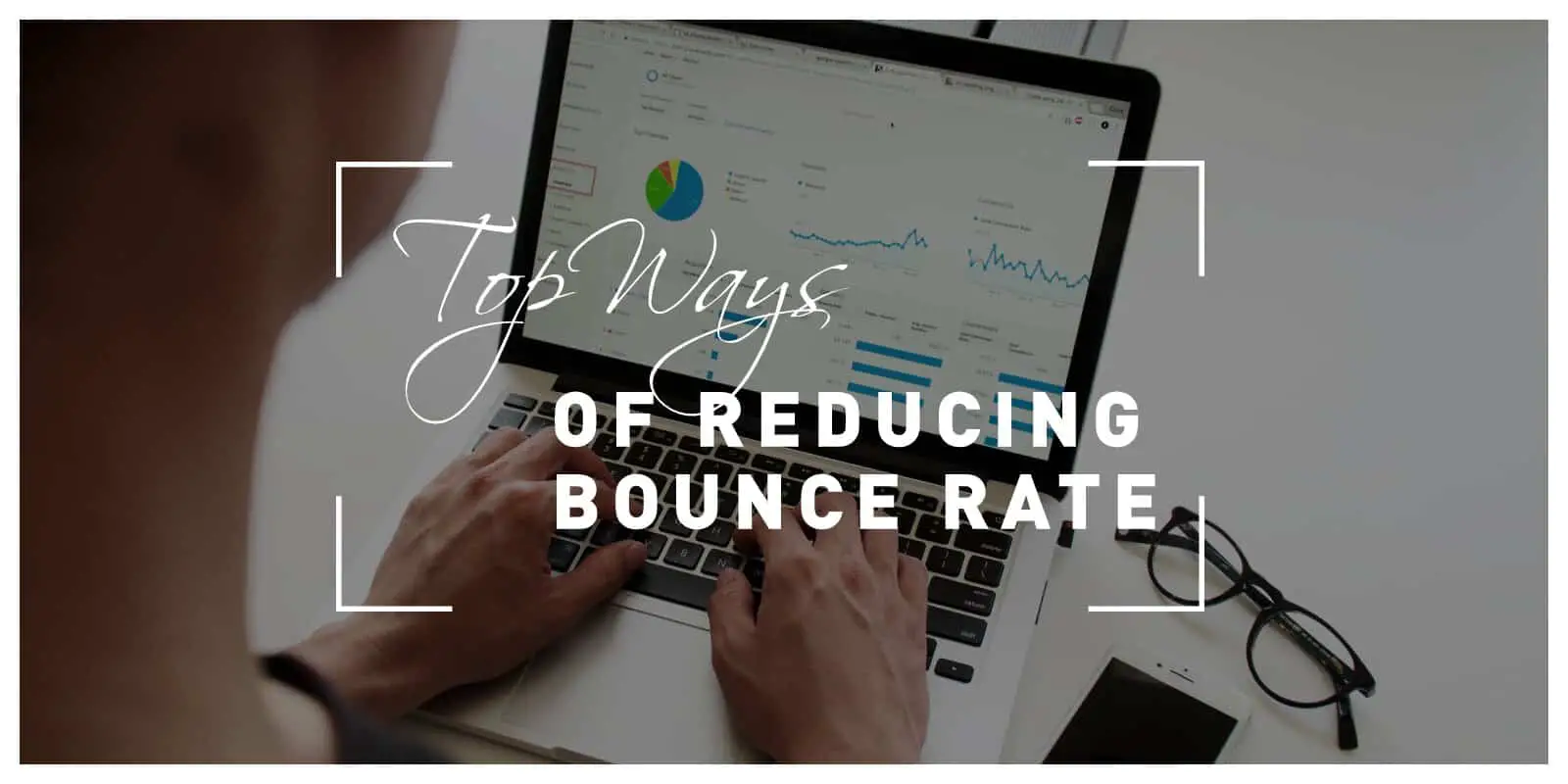A high bounce rate is something nobody wants to see but also something everyone has to take into consideration when planning their website’s strategy. Because 0ne way or another, you are always going to have visitors who leave immediately after coming to your site.
However, that’s not to say you are powerless when it comes to keeping that particular number as low as possible. As a matter of fact, there are quite a few things you can do to keep visitors intrigued and engaged while they are on your site. For that reason, we have prepared a shortlist of the top 5 ways to reduce bounce rate.
Read on, you could get some great ideas from the rest of this article.
1. Use WP 301 Redirects

WP 301 Redirects is an incredibly valuable tool for any website developer or as a matter of fact anyone who wants to keep their site competitive and fresh.
This simple yet very efficient plugin allows you to easily redirect visitors to any page. In other words, if the page they are landing on has expired or simply doesn’t exist for some reason, you will be able to seamlessly redirect them to something else, preferably to another page they would really like to see.
This way, you will be avoiding the bane of all website traffic, the dreaded “404 error” page.
If your visitors ever see that page on your site, you can kiss the precious traffic they generate goodbye, so it’s really important to redirect them properly. And that’s where WP 301 Redirects comes in.
The plugin is very well designed, easy to use, and comes with excellent support provided by people who use this product themselves.
For this plugin, there are three price plans available to choose from, and if you’re not satisfied with the way the plugin performs after purchasing it, you can simply send it back and get a full refund. That’s how confident its creators are!
The point is, if you’re dealing with redirects in any way, WP 301 Redirects will help you preserve your visitors and improve the quality of the traffic you get.
2. Make sure you provide a good user experience
When a user comes to the landing page you’ve set up for them, they have to be able to find their way around in a blink of an eye. That goes for pretty much every part of your website.
It has to be immediately clear to them where they need to go in order to complete an action, and these instructions have to be imparted on them in an aesthetically pleasing way.
In other words, your website needs to be simple to use but also has to look good.

There are also other things to consider, like making sure there are no pop-ups (these can run your conversion rate into the ground because people find them incredibly annoying), no big unreadable chunks of text, and that the pages load at a satisfying speed.
Any disruption you wouldn’t want to see when checking out someone else’s website, other people don’t want to see on your website, either.
3. Place your call to action correctly
A call to action is incredibly important if you’re looking to make a conversion. It’s what makes the visitor of your website decide that they want to buy a product or service from you or do some other action you desire from them.
Because of that, it’s extremely important how you formulate your calls to action and where you place them. Don’t be misleading – state clearly what you’re offering, but try to do it in a compelling way.

Also, people will generally decide whether they like what they see in a matter of seconds. In most cases, they don’t even do much scrolling and stick to the screen that was initially presented to them. That is why you want your call to action to be the first thing they see.
You understand now why it has to be so compelling
Furthermore, it’s always good to offer a free trial if you can, alongside your call to action. A call to action that entices users to sign up for a free trial can be exceptionally effective in the long run.
4. Target users who are about to leave
So you got people to visit your website, but they are about to leave for some reason? Well, don’t give up on them without a fight!
There are plenty of tools out there that can track visitors’ behavior and then react when they are trying to leave. This way, you can leave a message targeted specifically at them, and what you put in this message is totally up to you.
In the message, you can offer a discount, invite them to subscribe or do something else entirely.

The best thing about this approach is that it has been proven to – work. And even if all you get from a visitor using this approach is their e-mail address, it is still so much better than nothing at all.
Even a small piece of information will allow you to continue working with the visitor and maybe convert them later down the road.
5. Target the right keywords and the right visitors
Not all keywords have the same meaning and importance to your website because the intent behind them can be very much different.
That is why you need to be able to distinguish between keywords that are used by people who are just looking for some info/ideas and keywords that are used by people who are actually looking to make a purchase. The latter will usually be more exact and strictly defined.

Once you have the right keyword, make sure you have an attractive meta title and meta description for the page targeting it.
On top of that, do everything you can to make sure that your content on that page stays fresh and relevant. Content plays a huge role in keeping the bounce rate low on your website. And for this reason, you have to know what the people you’re targeting want to see.
In some niches, articles of 1500+ words may be considered good, while in other niches people could be much more prone to texts that are short and get right to the point.
So do your research and see what is considered to be quality content in your niche and what is preferred by your target audience.


